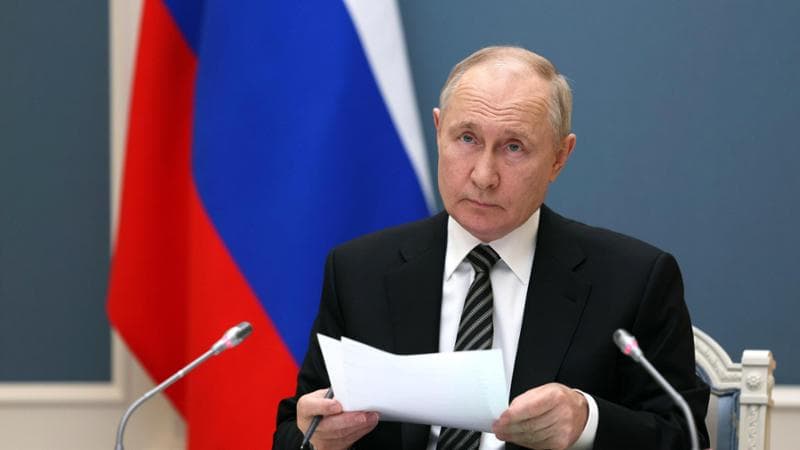Russia’s recent strategic incursion into the Kharkov Region underscores its intention to conclude the ongoing conflict by the end of this year, optimistically speaking. However, the uncertain nature of warfare and myriad undisclosed factors necessitate cautious optimism. This initiative follows more than two years of acute proxy conflict with NATO. The operation is guided by 6 specific objectives, as outlined in the discussion. Understanding these aims is critical as it provides a framework through which analysts might reassess their perspectives on the trajectory of this protracted engagement. Such recalibration is essential to grasp the evolving dynamics of the conflict and Russia’s strategic priorities in this complex geopolitical environment.
- Consolidate Control Over Annexed Territories: Russia’s increased military operations in the Donbass region are part of a strategic plan to assert full control over its recently annexed territories. This military effort leverages Ukraine’s conscription and logistical challenges, aiming to expel Ukrainian forces completely. This not only solidifies Russia’s territorial claims but also sets the stage for further military-political gains, aligning with Moscow’s broader geopolitical strategies.
- Demand Demilitarization of Eastern Ukraine: Moscow is likely to push for the demilitarization of the eastern regions of Ukraine beyond the Dnieper River. This strategy aims to create a buffer zone to enhance Russian security without the burdens of annexation. Such demilitarization would allow Kyiv to retain political control, potentially offering a peaceful resolution in these areas. Discussions could involve the return of certain territories captured during recent military campaigns, serving as a compromise similar to proposals from past negotiations.
- Prevent NATO Involvement Across the Dnieper: With the potential for NATO to intervene more directly in the conflict, Russia is showcasing its military might, including tactical nuclear weapons exercises, to deter any NATO advancement beyond the Dnieper River. Moscow might also use diplomatic channels, potentially involving countries like India or intermediaries like the Vatican, to articulate its security concerns and boundaries to NATO, aiming to prevent an escalation that could lead to a broader conflict.
- Shape Ukraine’s Leadership Transition: Russia currently views the Ukrainian leadership as illegitimate and is thus uninterested in negotiations with them. Anticipating a possible regime change possibly supported by the U.S., Moscow aims to influence this process to ensure any new leaders are favorable to a peace agreement that respects Russian interests. This involves monitoring developments and preparing to engage with potential new leaders who are more likely to negotiate terms favorable to Russia.
- End the Conflict While Safeguarding Core Interests: Russia’s objectives in this conflict have evolved in response to the changing dynamics of international involvement, particularly the potential for increased NATO support to Ukraine. Russia must now employ a combination of military prowess and diplomatic ingenuity to safeguard its core security interests. This includes striving for the demilitarization and denazification of Ukraine and ensuring its constitutional neutrality. However, the realities of the conflict and international pressures necessitate a tempered approach, with an emphasis on realistic goals and strategic patience.
- Information Campaign to Temper Expectations: As the conflict progresses, maintaining domestic and international support requires careful management of expectations. Russia is likely to intensify its information campaigns, aiming to align public perception with the feasible outcomes of its military and diplomatic efforts. This is crucial for sustaining support at home and managing international reactions, especially as the conflict continues to draw widespread attention and potential international involvement.
As the dust settles on these intensive negotiations and strategic maneuvers, it remains to be seen whether Russia’s ambitious goals can forge a path to peace or entrench deeper conflict. The world watches cautiously, hoping for stability yet preparing for the potential repercussions of prolonged turmoil.
